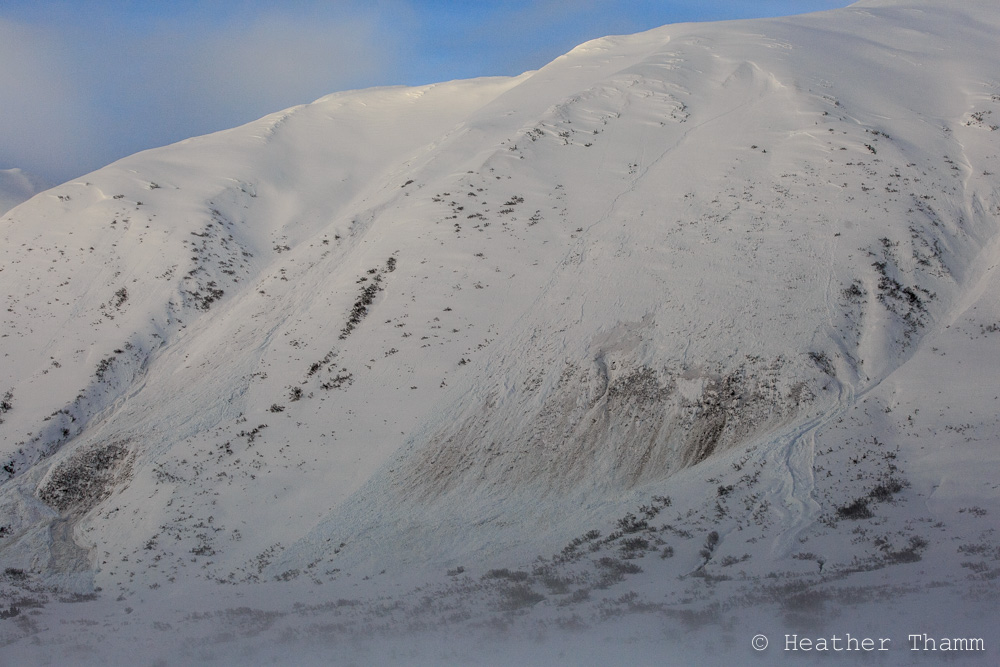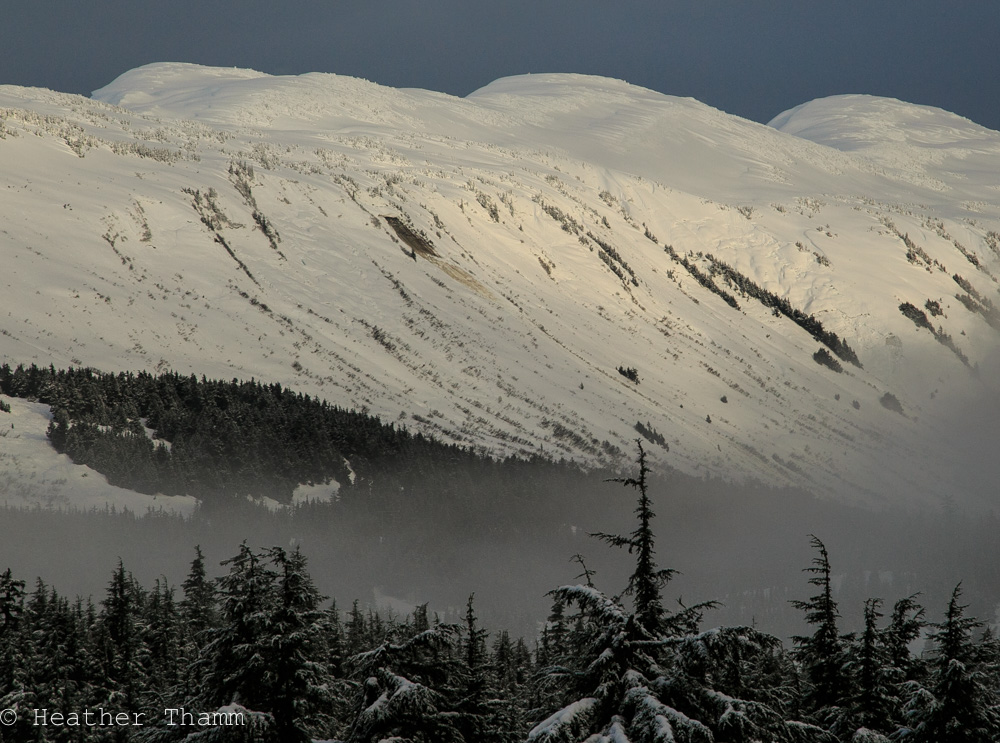Turnagain Pass
|
|
Today the avalanche danger is MODERATE in the Alpine and at Treeline where a variety of isolated avalanche problems linger. Above 2500′ it will be possible to trigger wind slabs 1-3′ thick on steep unsupported terrain features. In the Treeline elevation zone (1000′-2500′) glide cracks litter all aspects and can release without warning. In addition to avoiding these problems, recognize that today is the first sunny Saturday in many weeks and it will be extra important to be aware of other groups above and below you and practice safe travel protocols.
The avalanche danger is LOW below Treeline where a stout crust has formed with cooling temperatures.
*Elevated Caution is recommended for Summit Lake where less information is known about the snowpack following a warm and windy storm this week. Click HERE to read the most current Summit Lake Summary.
Unfortunate news coming out of British Columbia as we near the end of a deadly January in N. America. At least 3 separate groups of snowmachiners were involved in a very large avalanche that killed five people. Click HERE for more details.
Yesterday the Girdwood Nordic Ski Club partnered up with the USFS and groomed a 2.8K cross-country ski loop near Center Ridge in Turnagain Pass. Groomed trails can be accessed just beyond the outhouses on the non-motorized parking area. For information on becoming a member and supporting the Girdwood Nordic Ski Club click HERE.




